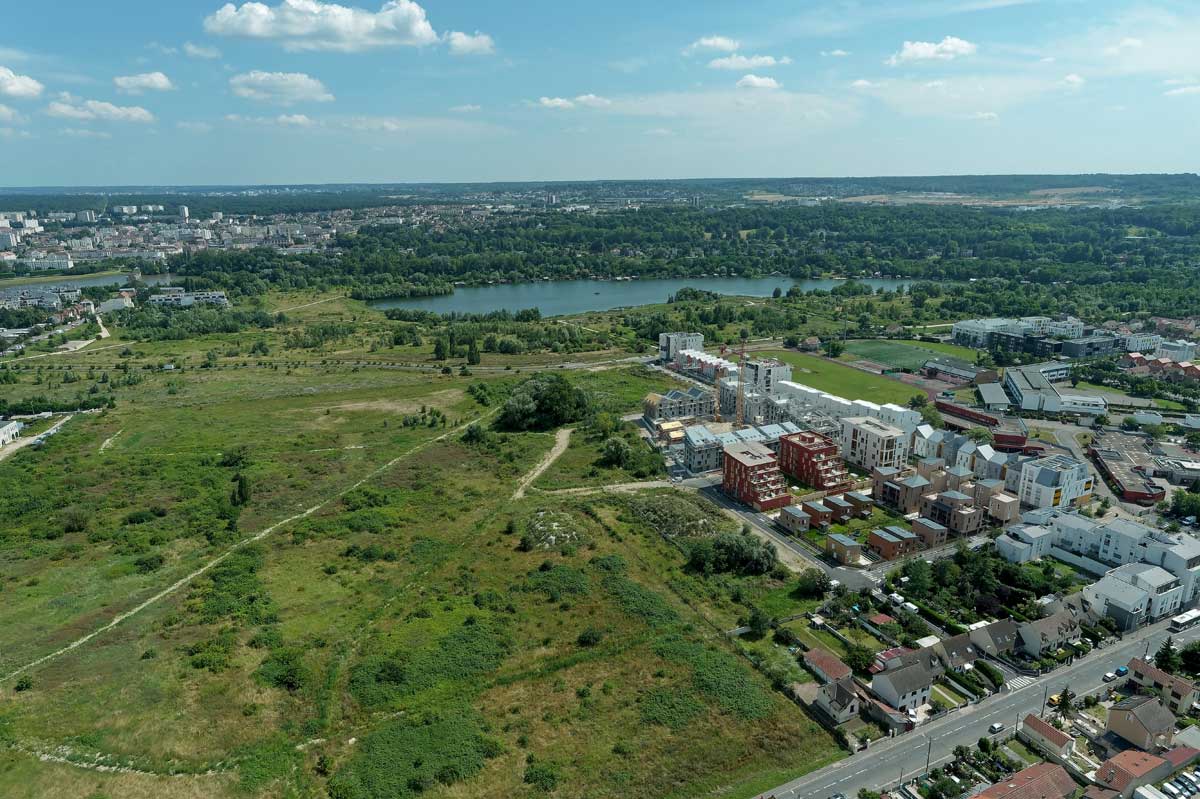
With its technical expertise, agility, and innovative approach, EPAMSA (Établissement public d’aménagement du Mantois Seine Aval) is a key partner in the development of the Seine Aval area , both in the planning and implementation of urban development projects. Its objective: to contribute to the balanced and sustainable development of the territory for the benefit of its residents and businesses.
As the lead organization for the Seine Aval National Interest Operation (OIN), EPAMSA operates in a 400 km² area north of the Yvelines, located between Paris and Normandy, with a population of over 400,000. Just 25 minutes from La Défense, the Seine Aval territory is renowned for its environmental and scenic qualities. It also benefits from excellent accessibility, further enhanced by the upcoming extension of the Eole RER line. A strategic development area within the Paris Region and the first industrial employment hub in the Paris Region, it boasts significant industrial assets, sectors of excellence, and a large real estate portfolio.
Locally, EPAMSA leads major urban development projects with the ambition of accelerating the territory’s economic vitality, improving residents' quality of life, and promoting the re-naturalization of the Seine Aval, along with other major stakeholders such as the Grand Paris Seine & Oise Urban Community and the Communauté de communes (district planning authority) of Portes de l’Île-de-France.
On the business side, EPAMSA is developing two booming districts with unique development potential at the gateway to Greater Paris: Écopôle, dedicated to new eco-construction sectors, and Mantes Innovaparc, along the A13 freeway and the Seine Paris-Normandie axis.
In terms of residential development, EPAMSA is part of a global ambition emerging through the scheduling of structuring facilities, services, and shops to develop new districts and city centers, such as Carrières Centralité and Mantes Université, the future Eole district.
Committed to the environment and innovation, EPAMSA is intensifying its efforts toward sustainable development. Its priorities include repurposing urban, industrial, and railway brownfield sites; promoting energy efficiency; encouraging mixed-use developments; increasing green spaces; co-construction; and environmental compensation. These are the guiding principles to develop the residential and business districts of tomorrow's cities in a way that is sustainable and responsible.
Keep exploring: EPAMSA


